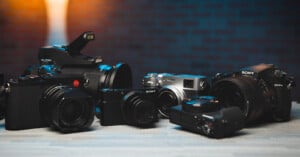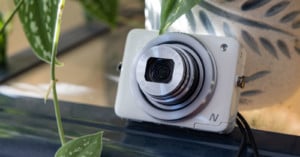
Leica D-Lux 8 Review: Deja Vu All Over Again
With the worldwide craze for analog photography in full swing, we have seen another blast from the past rise again. Everybody wants compact digital point-and-shoot cameras again, to the point where some models are going for prices similar to when they were released.




























